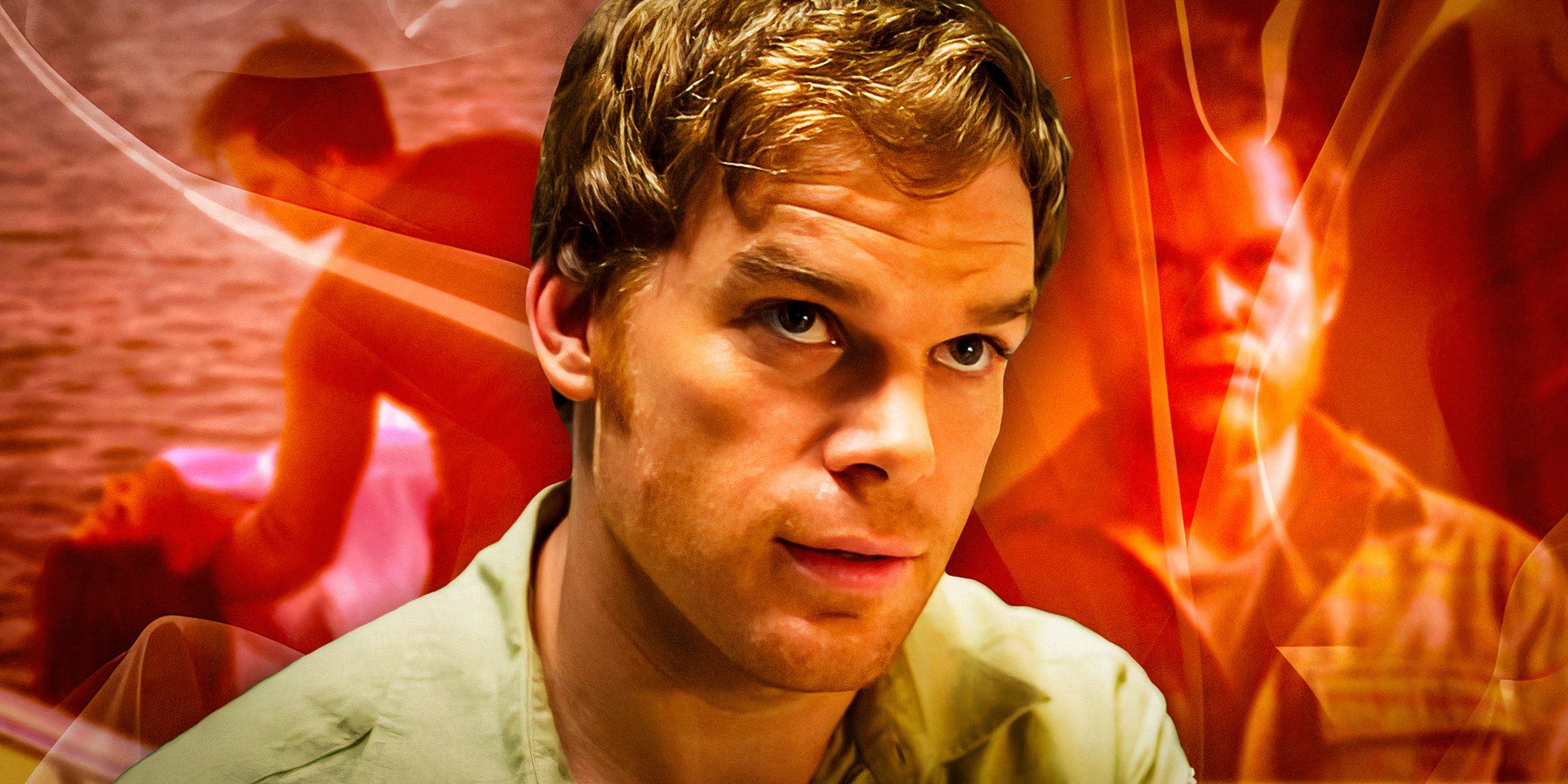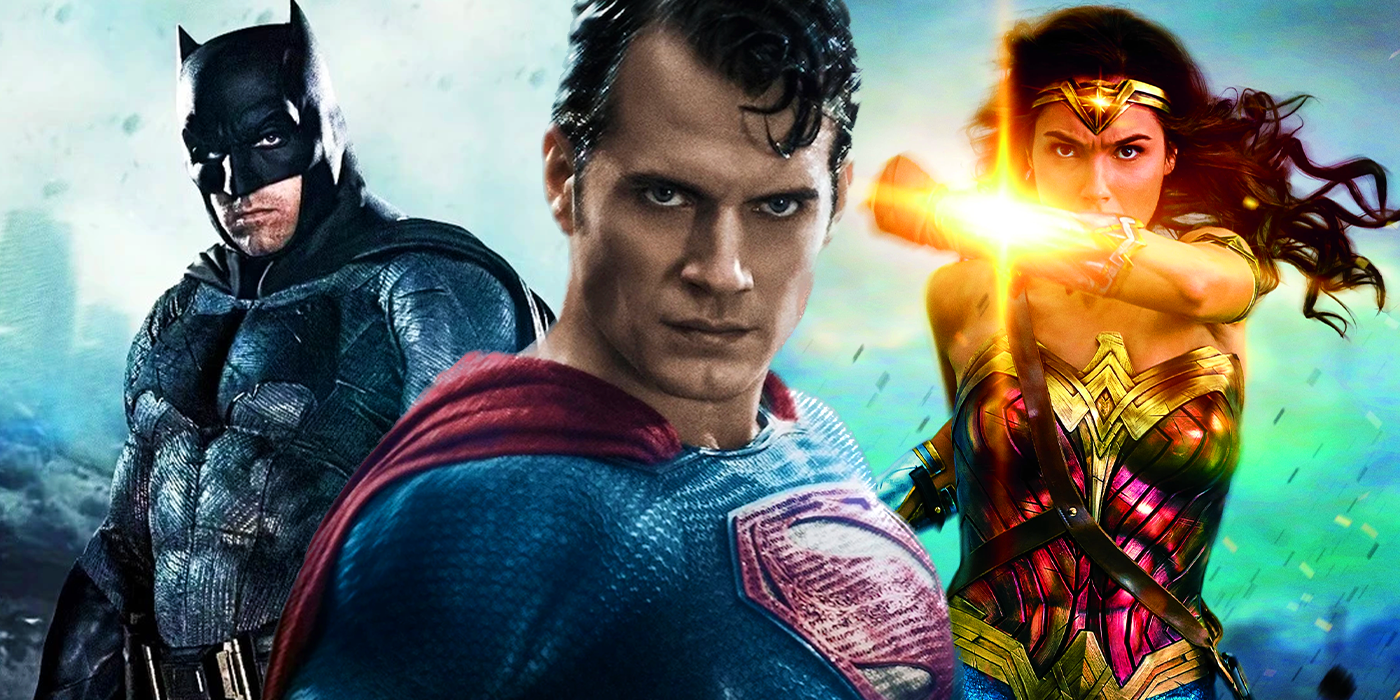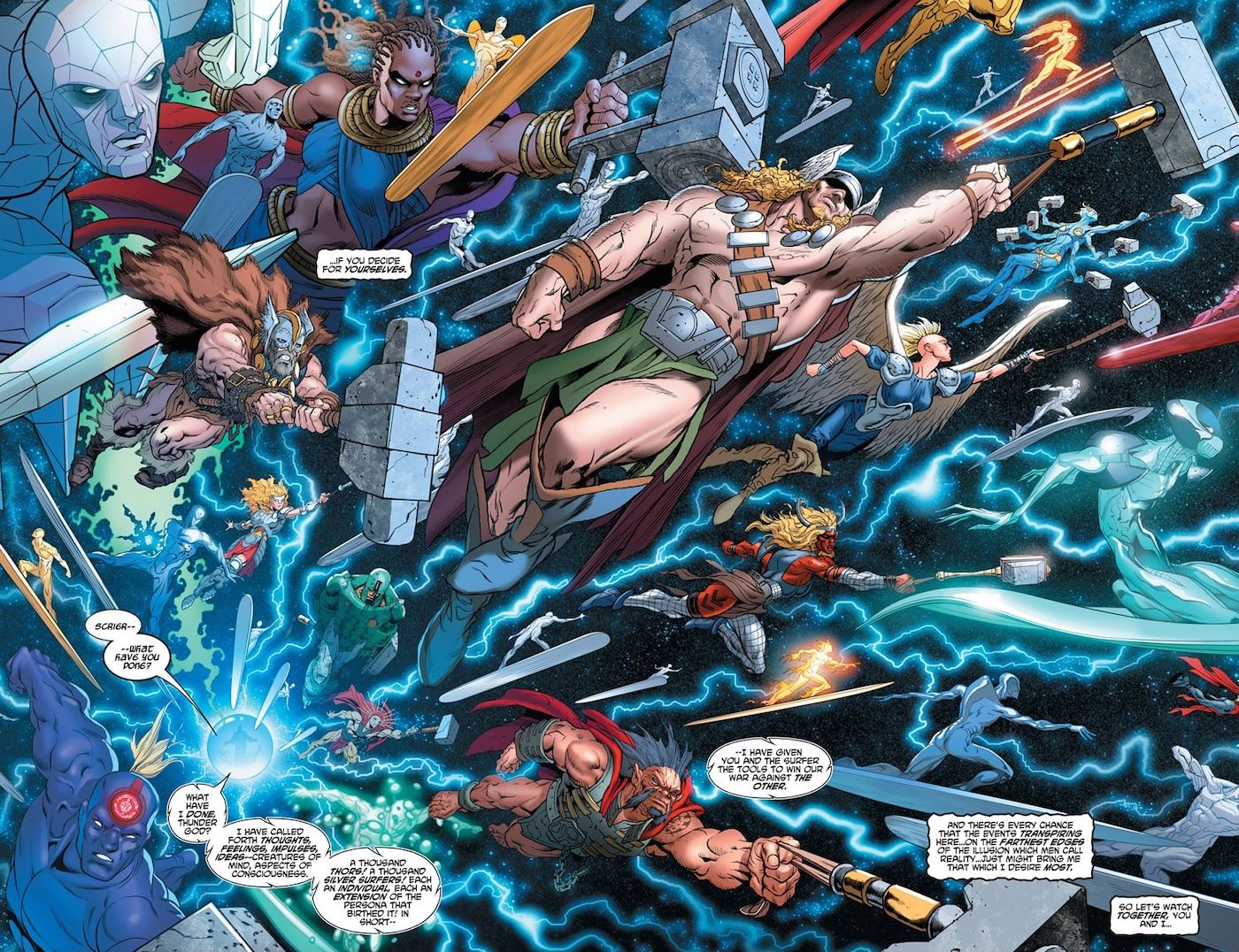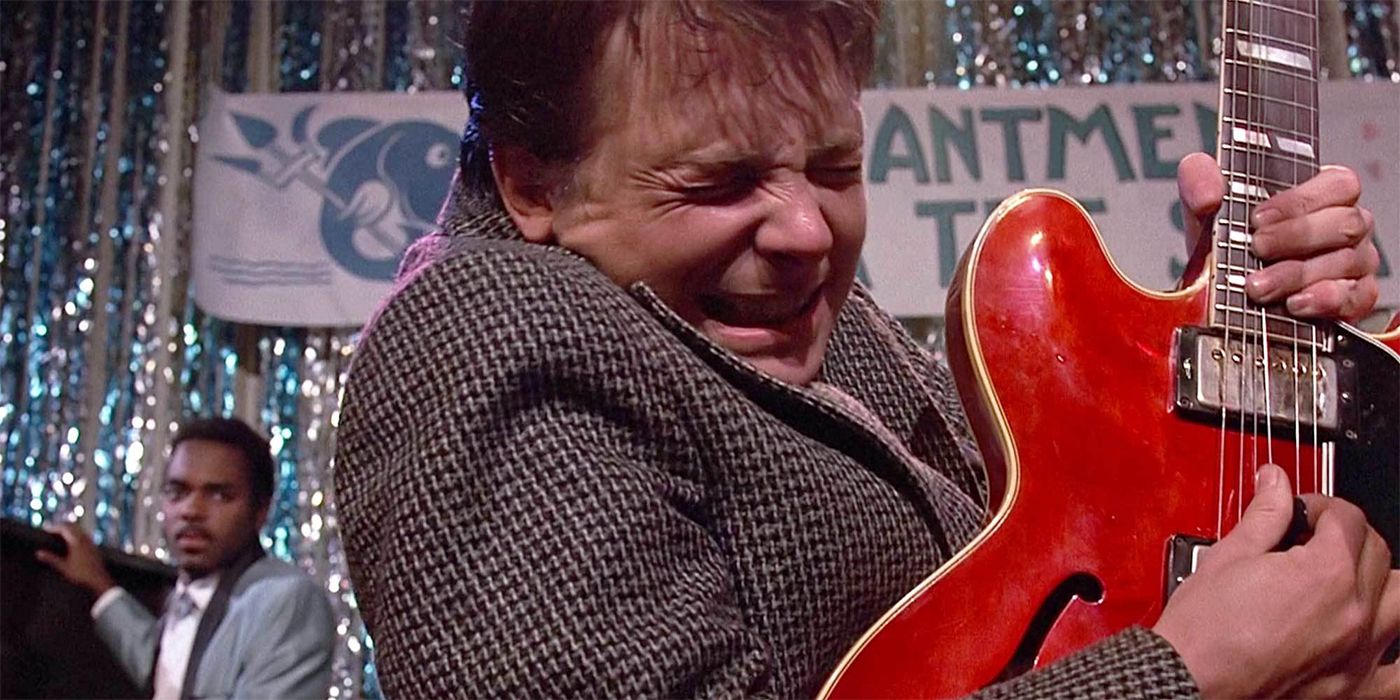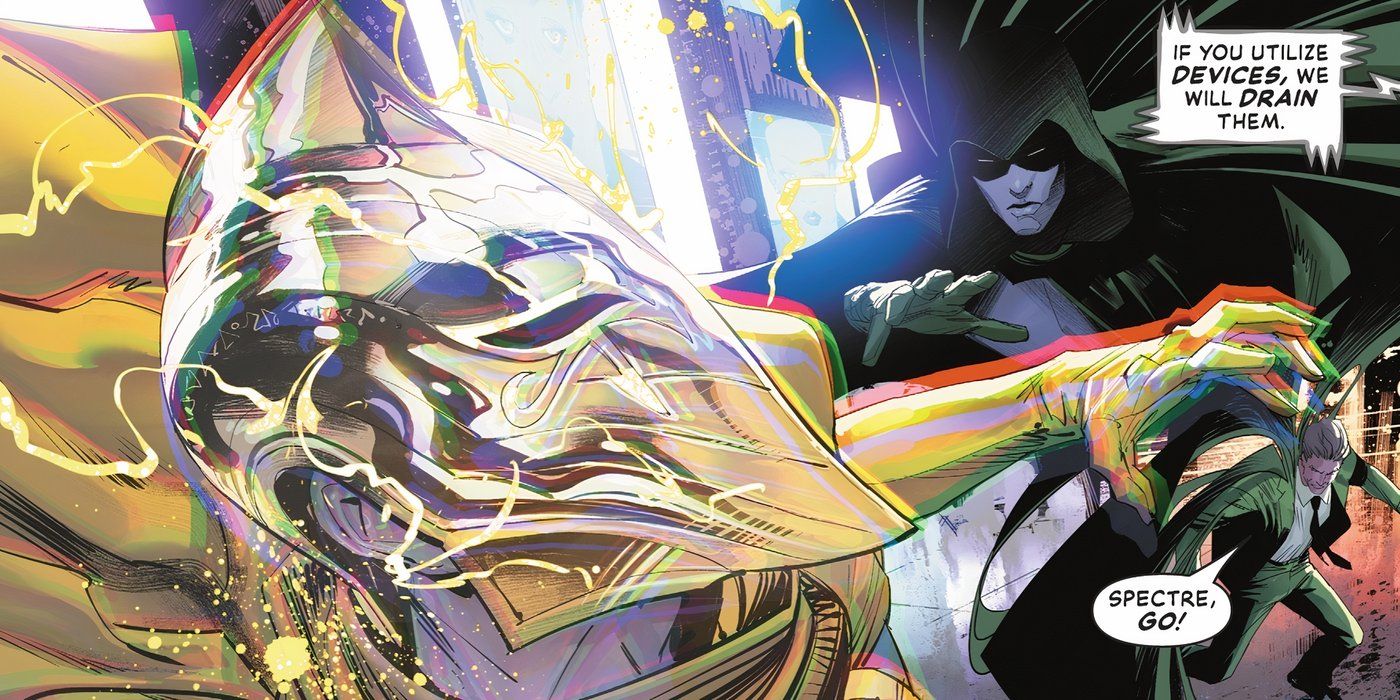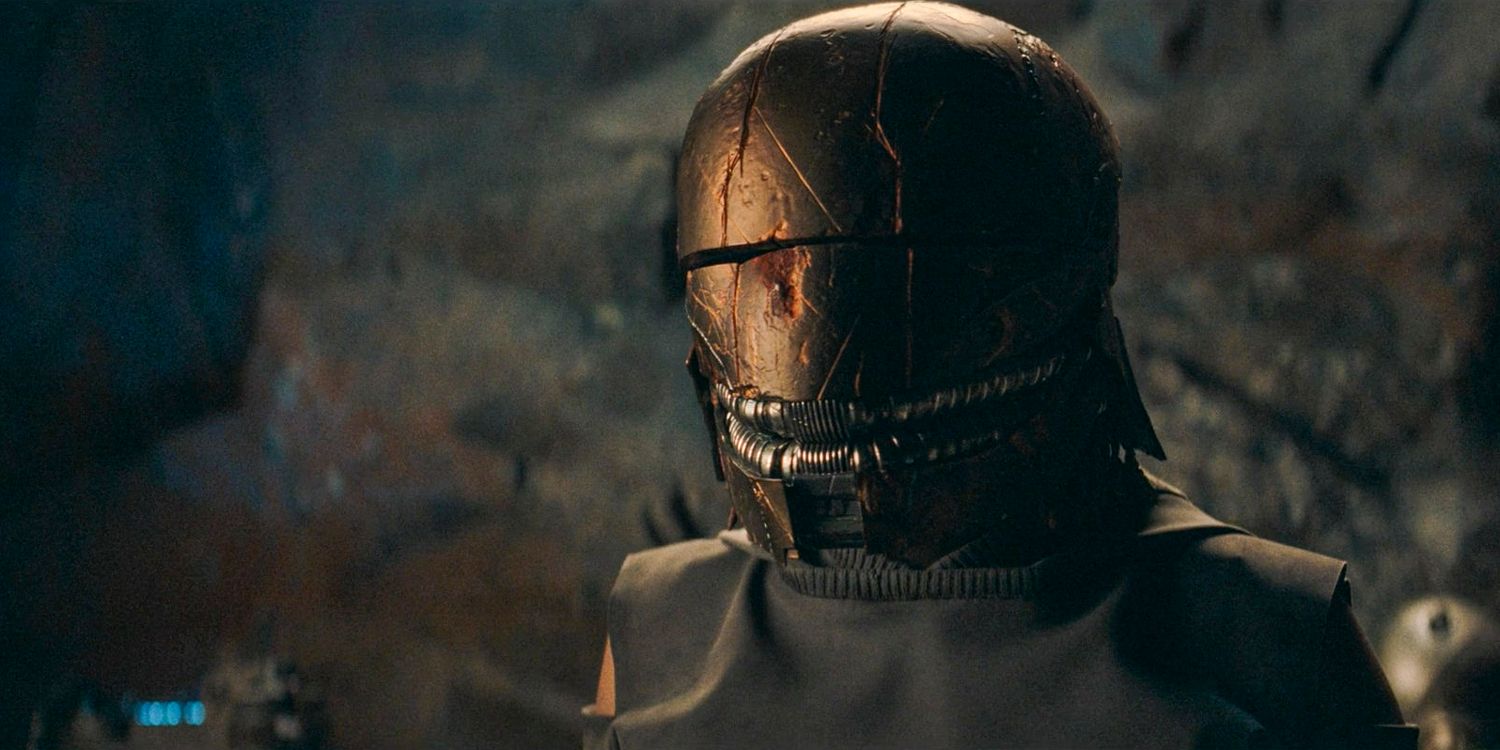Wes Anderson’s short film version of The Wonderful Story of Henry Sugar is the first in a line of Roald Dahl adaptations coming to Netflix ― and it’s a perfect choice for the indie director, whose commitment to the source material is clear. The two creatives’ voices meld well, and Asteroid City filmmaker Anderson isn’t new to the late author’s work, as he previously adapted Fantastic Mr. Fox. Best known for children’s novels such as Matilda, Dahl also wrote off-beat short stories for older audiences, including 1977’s The Wonderful Story of Henry Sugar. Its fantastical yet unsettling story gave Anderson a lot to work with.
The Wonderful Story of Henry Sugar follows Benedict Cumberbatch as the titular shallow gambler. He discovers a book about a doctor’s encounter with a man called Imdad, who can see with his eyes closed ― something that inspires Henry to use this power to cheat at cards. Set between Britain and India, the film uses Anderson’s ultra-stylish, symmetrical sets. The Wonderful Story of Henry Sugar cast also features Anderson regular Ralph Fiennes, as well as actors new to his movies. In its approach to the book, the film takes very few liberties while still striking a unique tone that brings something fresh to Dahl’s story.
Wes Anderson’s Movie Adapts Henry Sugar Word-For-Word
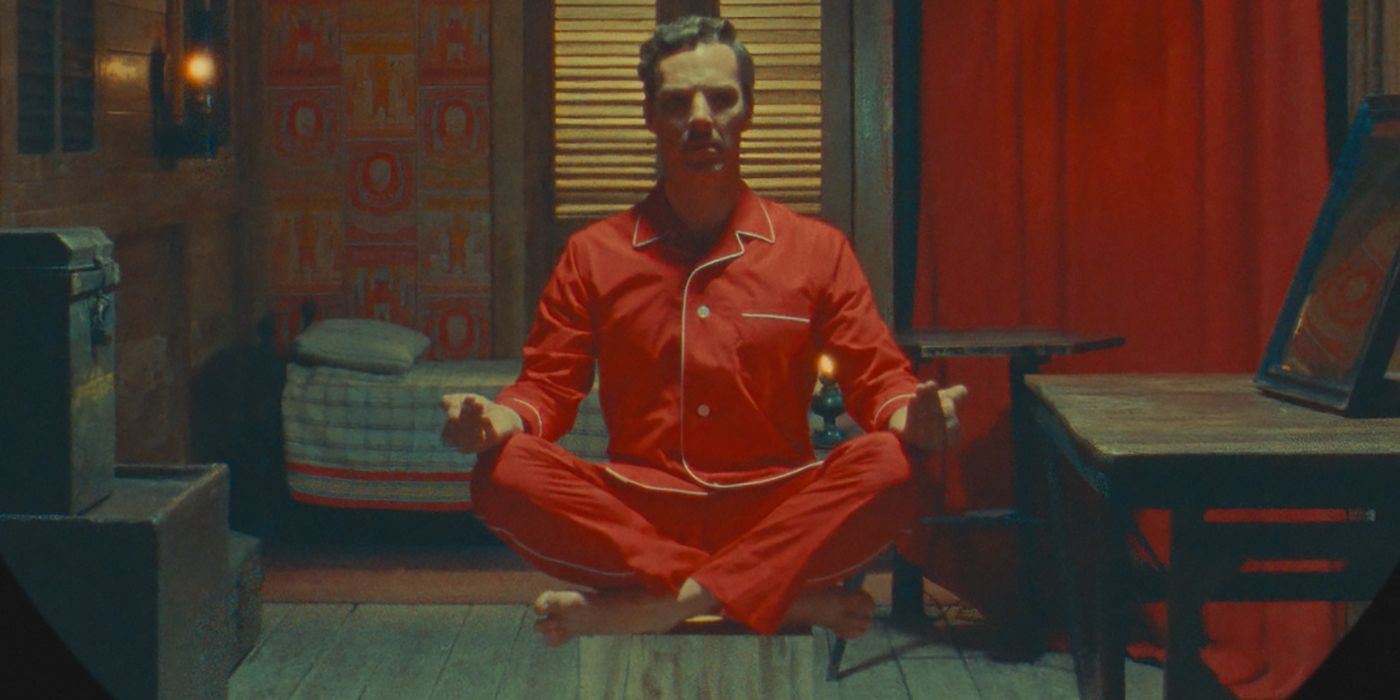
Wes Anderson’s style captures Dahl’s off-beat dialogue well, so it makes sense that the filmmaker’s script adapts the author’s short story almost word for word. And despite most of the dialogue coming from Dahl, it can easily pass as Anderson’s. Not only is the plot kept the same, but much of the original story’s narration is left intact, lifting large chunks straight off the page and onto the screen. It’s a choice that makes sense. Both creatives are known for their snappy yet playful styles of writing. Their talents shine through in The Wonderful Story of Henry Sugar‘s whimsical and smart script.
While The Wonderful Story of Henry Sugar is true to Dahl’s short story, the movie stops short of being an exact on-screen replica of the book. Although scenes and dialogue from the source material are mostly used in full, some parts of the original are chopped. Anderson omits a scene where Imdad learns to walk on fire, for instance, and another wherein Henry wins at roulette. Certain lines are left in, while others are perhaps wisely cut. There are also changes because of Dahl’s now-notorious racial biases; his book constantly refers to Imhrat (Imdad in the film) as “the Indian.”
Wes Anderson’s Movie Is A Very Theatrical Version Of Dahl’s Book
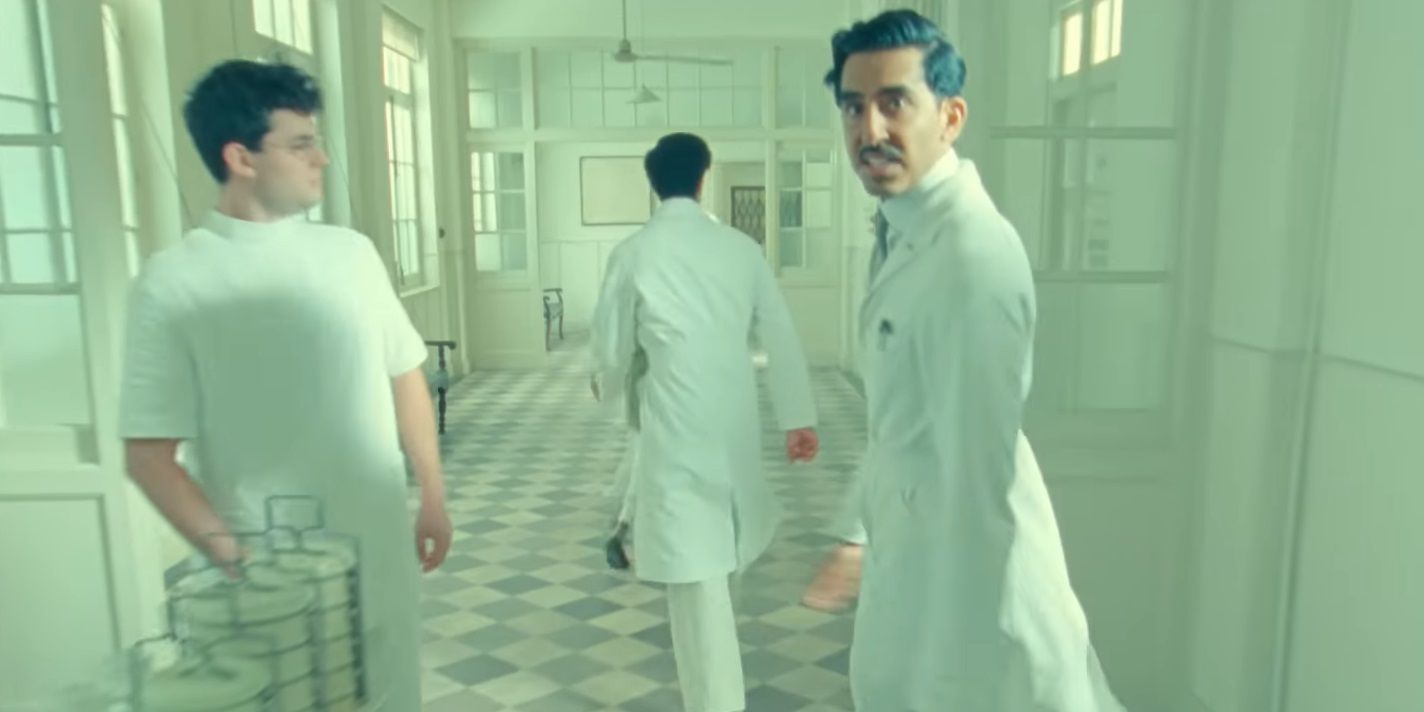
While the script may be straight from Dahl’s version of The Wonderful Story of Henry Sugar, it actually comes across as quite different structurally. Rather than reproducing the events of the book with realism in mind, it’s instead filmed like a play. Stagehands take props from actors and even age up Imdad on-screen as time passes, changing his wig and mustache. Cumberbatch appears to do a quick-change, as he goes off-screen and returns with a beard and new clothes all in one shot. The special effects are purposefully DIY and theater-like, too. When characters levitate, they are sitting on stools painted to match the set, which they then put away.
The technique is typical of Anderson. His films often reject realism, which gives them a characteristic pathos and distance. In this case, it goes with the absurdity of Henry Sugar’s plot. Using framing devices in this way is something Anderson returns to again and again. The Grand Budapest Hotel uses a travel book about the titular hotel to add a layer of distance from the plot. Like Henry Sugar, Asteroid City focuses on the theater, featuring a play about writing a play. Dahl’s own story-in-a-story structure ― Imdad telling the doctor about his life, Henry reading the doctor’s book, and Dahl recording Henrys’ life ― lets Anderson lean into this.
Henry Sugar’s Characters Hardly Interact In Wes Anderson’s Movie
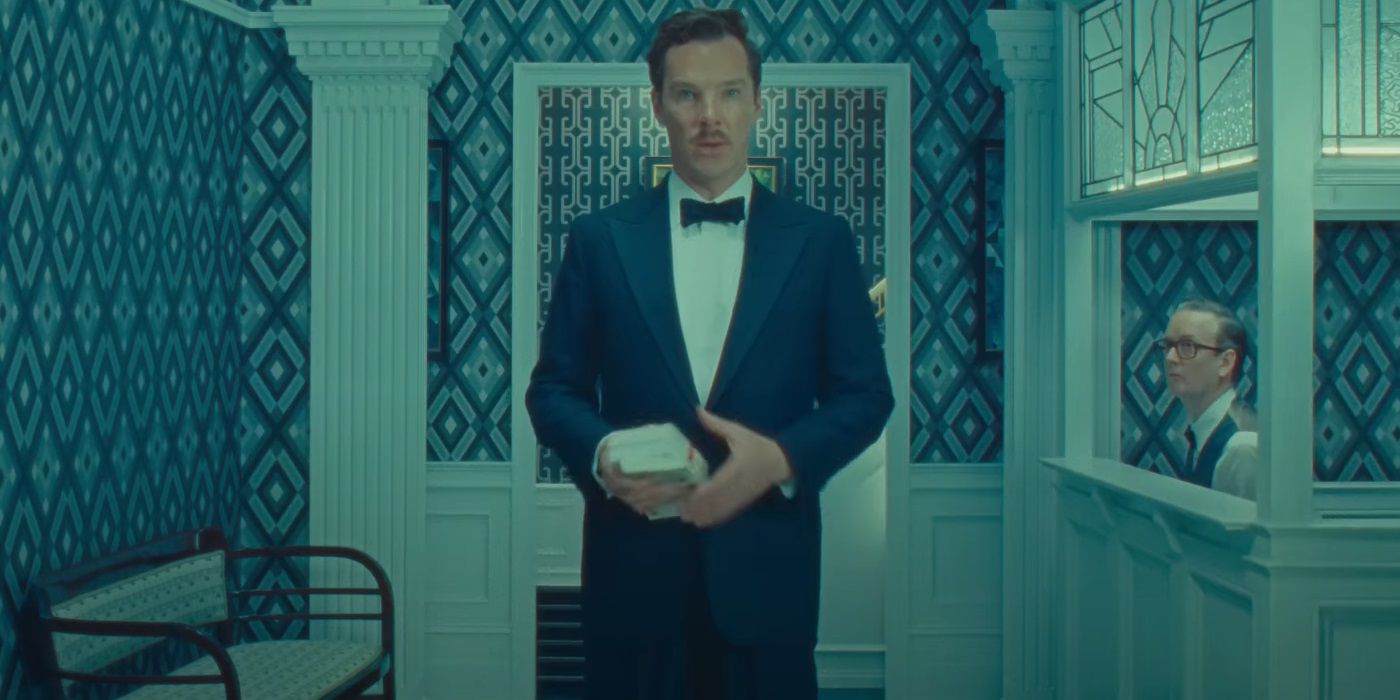
Anderson’s choice to have characters narrate the story using Dahl’s own words means that, despite all the dialogue, they actually rarely speak to each other. Instead, they often talk directly to the camera. When the characters do interact, it’s mediated by their own theatrical and self-conscious asides ― “I said” or “he said.” This is a big departure from the book, in which Imhrat talking to the doctor and Henry talking to his accountant make up a big part of the narrative. However, having characters speak to camera about what they are doing as they do it is another aspect that strengthens Anderson’s choice to reject realism.
What could have been the movie’s most impressive action shot ― a blindfolded Imdad throwing knives at someone ― isn’t seen on screen at all; instead the doctor describes watching it. It’s an enigmatic and intriguing way to present a movie, with something about it akin to sitting around a campfire listening to a tall tale. Indeed, The Wonderful Story of Henry Sugar is a tall tale, weaving stories of impossible feats, all with Dahl’s playful insistence that it is completely true. Watching Anderson weave his own magic, viewers may be convinced by the time they reach The Wonderful Story of Henry Sugar‘s ending.
